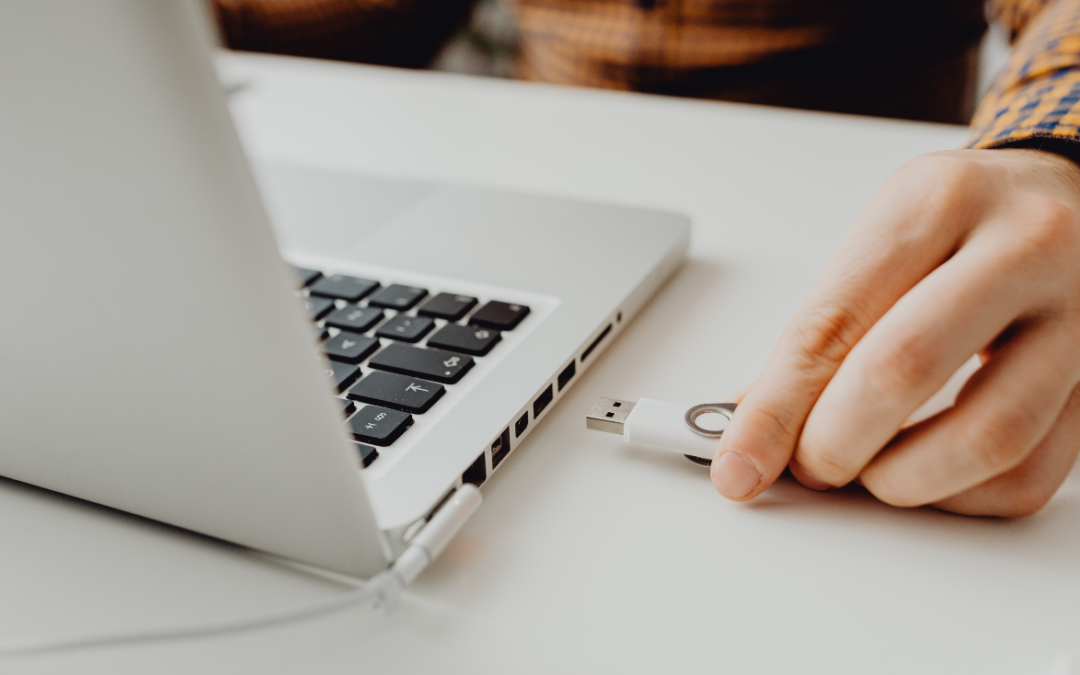Opening a USB drive that you don’t own can be a tricky task, as it may contain harmful malware or viruses. However, with the right precautions, you can safely open the drive and access its contents. In this guide, we will go over the various methods you need to take to ensure the safe opening of a USB drive that you don’t own. We will cover topics that include properly scanning the drive for viruses and using a sandbox environment. By following these methods you can protect your computer and data while still being able to access the information on the USB drive.
SCAN THE DRIVE FOR VIRUSES
The first step in safely opening a USB drive that you don’t own is to scan it for viruses. This can be done using a reputable antivirus program, such as Norton or Kaspersky. Make sure to keep your antivirus program up-to-date to ensure that it can detect the latest threats. To scan a USB drive for viruses using Norton, you can follow these steps:
- Insert the USB drive into your computer
- Open Norton and click on “Security”
- Click on “Scans” and then “Custom Scan”
- Select the USB drive from the list of drives
- Click on “Scan Now”
To scan a USB drive for viruses using Kaspersky, you can follow these steps:
- Insert the USB drive into your computer
- Open Kaspersky and click on “Scan”
- Select “Full Scan” and then click on “Customize”
- Select the USB drive from the list of drives
- Click on “Start Scan”
Please note that this process may take some time depending on the size of the USB drive and the number of files it contains. Additionally, keep in mind that having your USB drive write-protected while doing the scan, can prevent the malware from running or propagating, in case it is present.
USE A VIRTUAL MACHINE
A virtual machine is a software program that allows you to run a separate operating system within your current one. This is a great way to safely open a USB drive that you don’t own because it keeps the potential threats contained within the virtual environment. You can use a virtual machine like VirtualBox, VMware workstation, or Sandbox to safely open the USB drive. A Sandbox environment is a way to run software in a controlled environment, isolated from the rest of your system. To safely open a USB drive that you don’t own, you can use a sandbox program to create a virtual environment where you can open the drive without risk to your system. Here are the general steps to follow:
- Download and install a sandbox program, such as Sandboxie or Sandbox.
- Run the sandbox program and create a new sandbox.
- Within the sandbox, open the USB drive using your computer’s file manager.
- Inspect the contents of the USB drive, but do not run any executable files or open any documents without first scanning them for viruses or malware.
- When you are finished, close the sandbox and delete it to remove any potential security risks.
OPEN THE FILES IN READ-ONLY MODE
Another way to safely open a USB drive that you don’t own is to open the files in read-only mode. This means that you can view the files, but you won’t be able to make any changes to them. This helps to prevent the spread of malware or other security risks.
BE CAREFUL OF AUTORUN FILES
Many USB drives contain autorun files, which automatically execute when the drive is plugged in. These files can be used to spread malware or other security risks, so it’s important to be careful when opening a USB drive that you don’t own. To safely open a USB drive, disable the autorun feature on your computer or disable the autorun feature in your antivirus program.
USE A LIVE CD WITH A LINUX DISTRO TO ACCESS THE UNTRUSTED USB
One way to access an untrusted USB drive using a Linux operating system is to use a live CD or USB drive with a Linux distribution. A live CD or USB allows you to boot into a fully functional Linux environment without installing anything on your hard drive. This can be useful for accessing files on an untrusted USB drive, as it allows you to access the files without the risk of installing malware or other malicious software on your computer.
To use a live CD, you’ll need to download an ISO image of a Linux distribution and burn it onto a CD or USB drive. Once the live CD or USB drive is created, you can boot your computer from it and access the files on the untrusted USB drive. Some popular Linux distributions for live CDs include Ubuntu, Knoppix, and Puppy Linux. You can also use a “live USB” drive (with persistence) to save changes made on the USB drive (like files, preferences, etc) for the next time you boot from the USB drive.
MAKE SURE YOUR EMPLOYEES OR COLLEAGUES KNOW HOW TO OPEN A USB SAFELY
Understanding how to stay safe yourself is critical for your own personal data, but also to keep your work machines and networks secure. Sharing this information with colleagues is the first step toward ensuring that you all stay safe at work.
If your small business doesn’t have a dedicated cybersecurity training program that includes topics like this, or if you’d like help starting one, just contact us. We have training, testing, and measuring processes in place to make sure your staff is always up to date with the latest risk trends.

